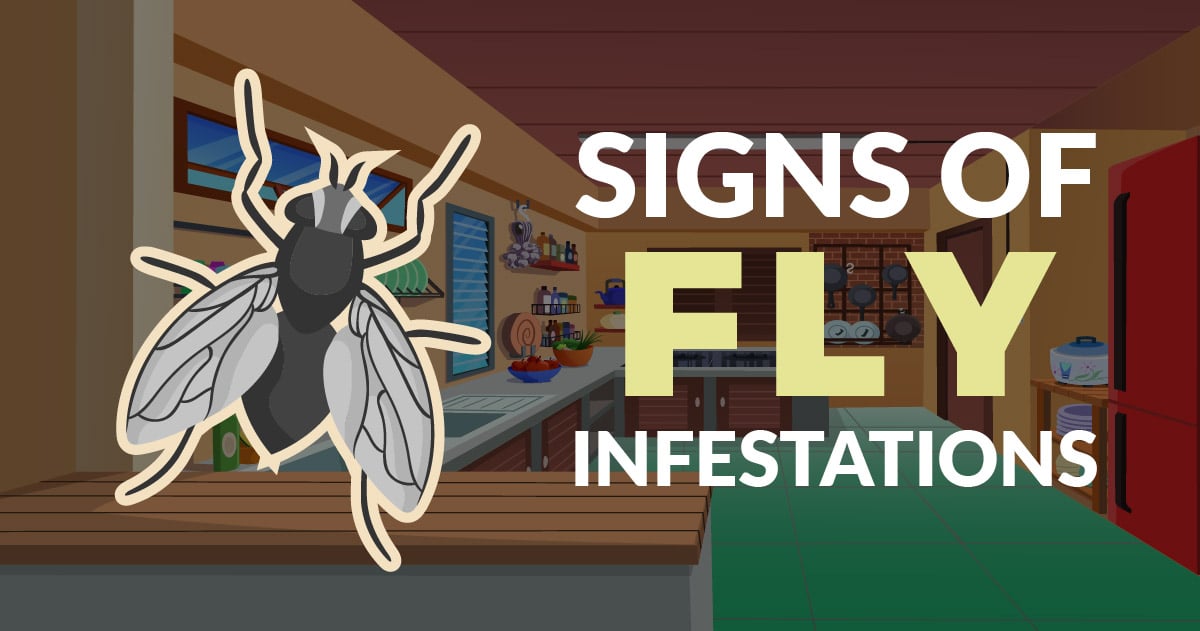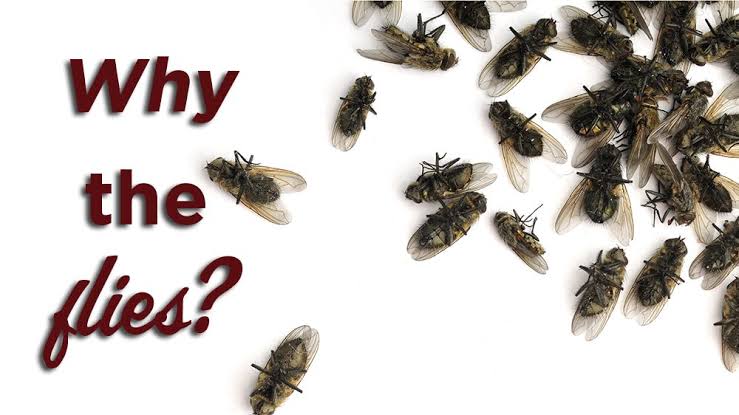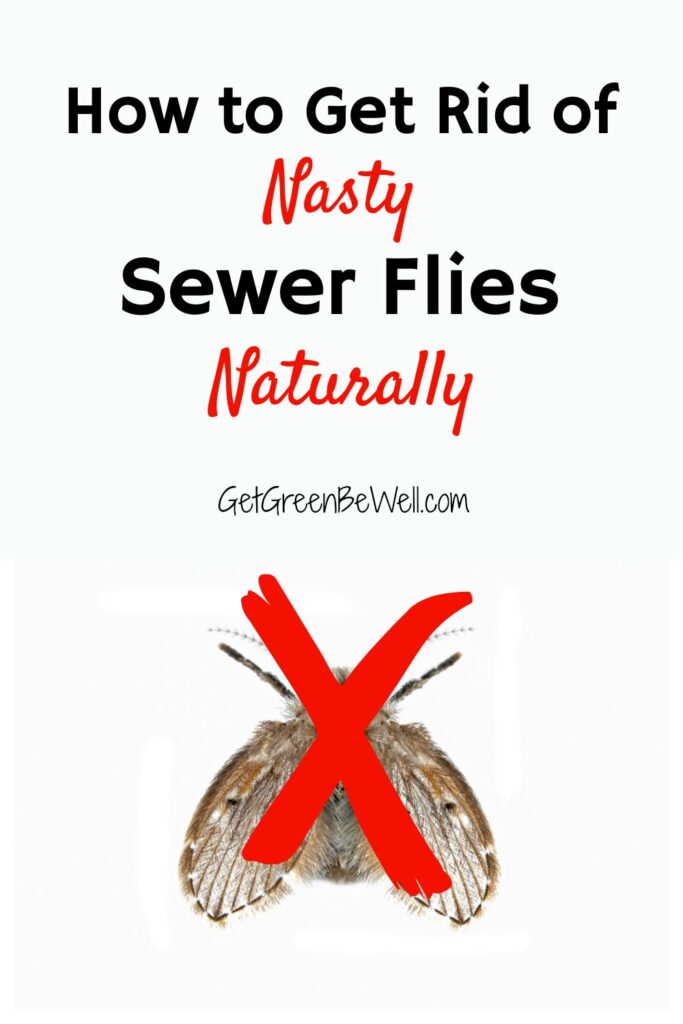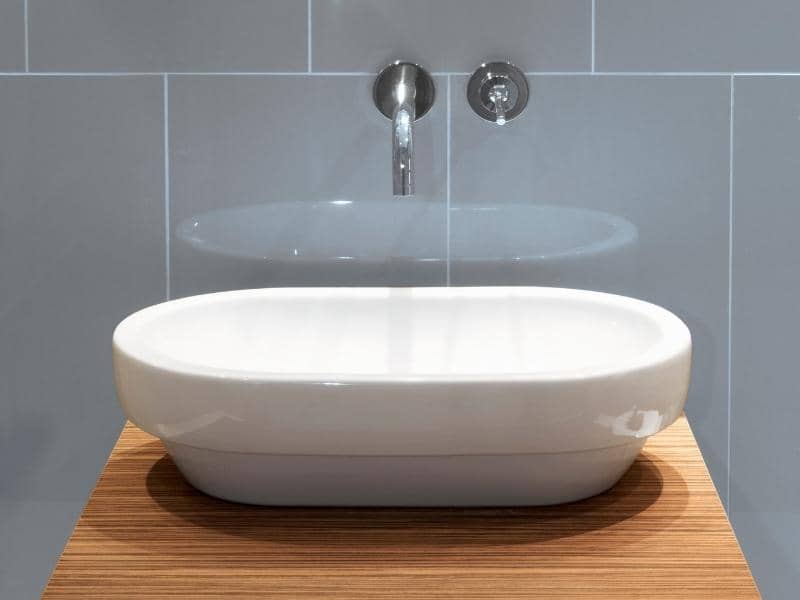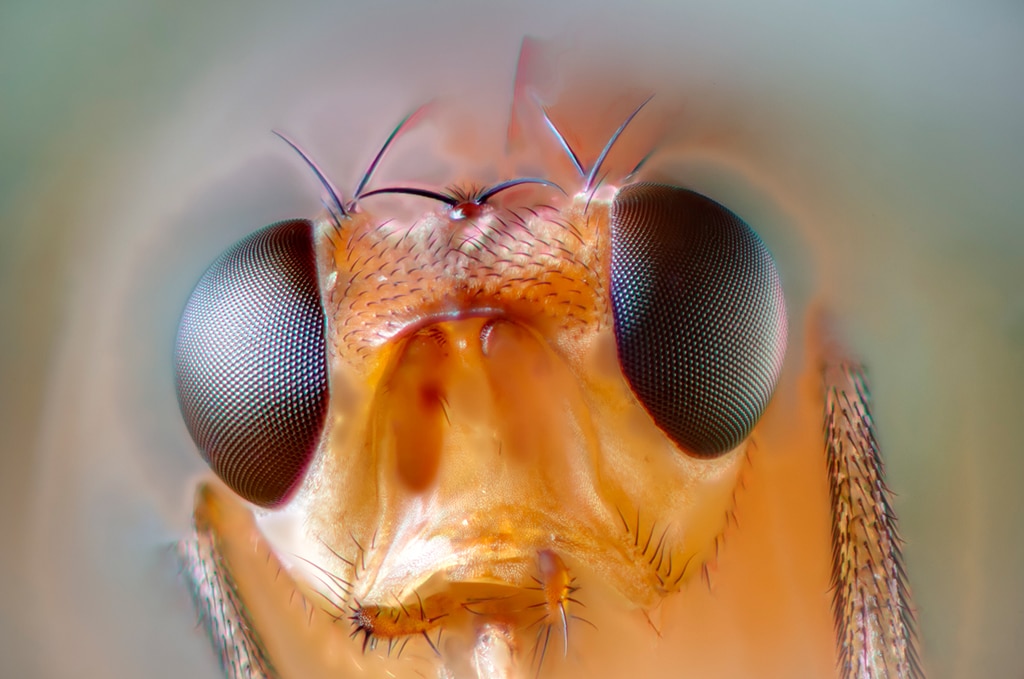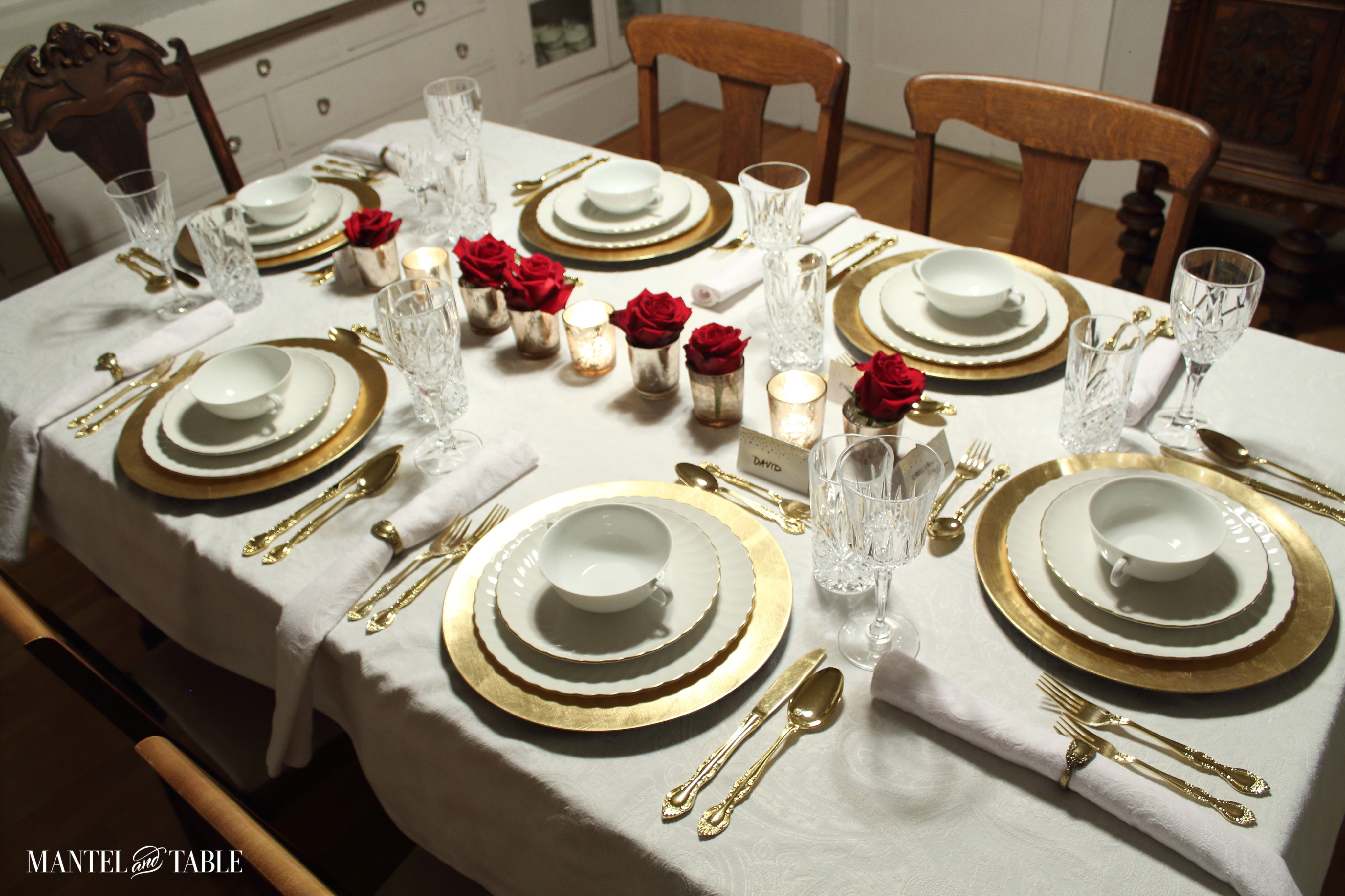If you've ever noticed tiny flies buzzing around your bathroom sink, you may have a sewer fly infestation. These pesky insects are attracted to moist, organic matter and can quickly become a nuisance in your home. But fear not, there are simple and effective ways to get rid of sewer flies and prevent them from coming back. Here's what you need to know.How to Get Rid of Sewer Flies in Your Bathroom Sink
The best way to deal with sewer flies is to prevent them from entering your bathroom sink in the first place. One of the most important steps is to keep your sink clean and dry. Make sure to wipe up any standing water or spills and regularly clean your sink with a mild cleaner. You can also use a drain cover or plug when the sink is not in use to prevent flies from entering through the drain.How to Prevent Sewer Flies in Your Bathroom Sink
Sewer flies, also known as drain flies or moth flies, are small, dark-colored insects that are about 1/8 inch in length. They have fuzzy bodies and long antennae, and are often mistaken for fruit flies. If you notice these flies flying around your bathroom sink, you can use a DIY solution to get rid of them. Mix equal parts of water and white vinegar and pour it down the drain. This will kill any eggs or larvae that may be living in your pipes.Identifying and Treating Sewer Flies in Your Bathroom Sink
There are a few common causes of sewer flies in bathroom sinks. One of the main reasons is a build-up of organic matter in your pipes, such as hair, soap scum, and food particles. This creates the perfect breeding ground for sewer flies. Another cause could be a cracked or damaged pipe, which allows flies to enter your home. It's important to fix any plumbing issues and regularly clean your pipes to prevent these flies from taking over your bathroom sink.Common Causes of Sewer Flies in Bathroom Sinks
If you're dealing with a sewer fly infestation, there are some simple and affordable DIY solutions you can try. In addition to the white vinegar and water mixture mentioned earlier, you can also pour boiling water down your drain to kill any eggs or larvae. Baking soda and vinegar can also be an effective solution. Simply mix equal parts of each and pour it down the drain.DIY Solutions for Eliminating Sewer Flies in Your Bathroom Sink
If the DIY solutions don't work or if you have a severe infestation, it may be time to call in the professionals. A pest control company can identify the source of the problem and use stronger chemicals and techniques to eliminate the flies. They can also provide tips on how to prevent future infestations.Professional Pest Control Options for Sewer Flies in Bathroom Sinks
To effectively get rid of sewer flies, it's important to understand their life cycle. These flies typically lay their eggs in the organic matter in your pipes and drains. The eggs hatch into larvae, which feed on the organic matter until they mature into adult flies. The entire life cycle can take anywhere from 9 to 15 days. This is why regular cleaning and maintenance of your bathroom sink is crucial to prevent these flies from multiplying.Understanding the Life Cycle of Sewer Flies in Bathroom Sinks
To prevent sewer flies from infesting your bathroom sink, it's important to keep it clean and well-maintained. Regularly clean your sink with a mild cleaner and make sure to remove any standing water or spills. You can also use a drain brush to clean out any debris in your pipes. Another helpful tip is to pour a cup of baking soda and a cup of vinegar down the drain once a month to keep your pipes clean and clear.How to Clean and Maintain Your Bathroom Sink to Prevent Sewer Flies
In addition to seeing the flies buzzing around your sink, there are a few other signs that you may have a sewer fly infestation. These include a foul odor coming from your sink, small black spots in your sink or on your walls, and slow drainage in your sink. If you notice any of these signs, it's important to take action immediately to prevent the problem from getting worse.Signs That You Have a Sewer Fly Infestation in Your Bathroom Sink
Sewer flies are attracted to bathroom sinks because of the moist, organic matter that accumulates in the pipes and drains. To prevent them from being attracted to your sink, it's important to keep it clean and dry and regularly maintain your pipes. You can also use a drain cover or plug to prevent flies from entering through the drain. By following these tips, you can effectively stop sewer flies from infesting your bathroom sink and keep your home pest-free.Why Sewer Flies Are Attracted to Bathroom Sinks and How to Stop Them
The Importance of Proper Sewer Maintenance in Your Bathroom

What causes sewer flies in bathroom sinks?
 Sewer flies, also known as drain flies, are small, fuzzy insects that can often be found hovering around bathroom sinks. These flies lay their eggs in the organic matter that builds up in drains and pipes, which then hatch into larvae and continue the cycle. This organic matter can include hair, soap scum, and other debris that gets washed down the drain. If not properly maintained, these materials can accumulate and become a breeding ground for sewer flies.
Sewer flies, also known as drain flies, are small, fuzzy insects that can often be found hovering around bathroom sinks. These flies lay their eggs in the organic matter that builds up in drains and pipes, which then hatch into larvae and continue the cycle. This organic matter can include hair, soap scum, and other debris that gets washed down the drain. If not properly maintained, these materials can accumulate and become a breeding ground for sewer flies.
The dangers of sewer flies in your bathroom
 Aside from being a nuisance, sewer flies can also pose health risks. They can carry and spread bacteria and pathogens, making them potential carriers of diseases. In addition, their presence can also be a sign of a larger issue with your sewer system. If left unchecked, a clogged or damaged sewer line can lead to costly repairs and potential health hazards.
Aside from being a nuisance, sewer flies can also pose health risks. They can carry and spread bacteria and pathogens, making them potential carriers of diseases. In addition, their presence can also be a sign of a larger issue with your sewer system. If left unchecked, a clogged or damaged sewer line can lead to costly repairs and potential health hazards.
Preventing sewer flies in your bathroom
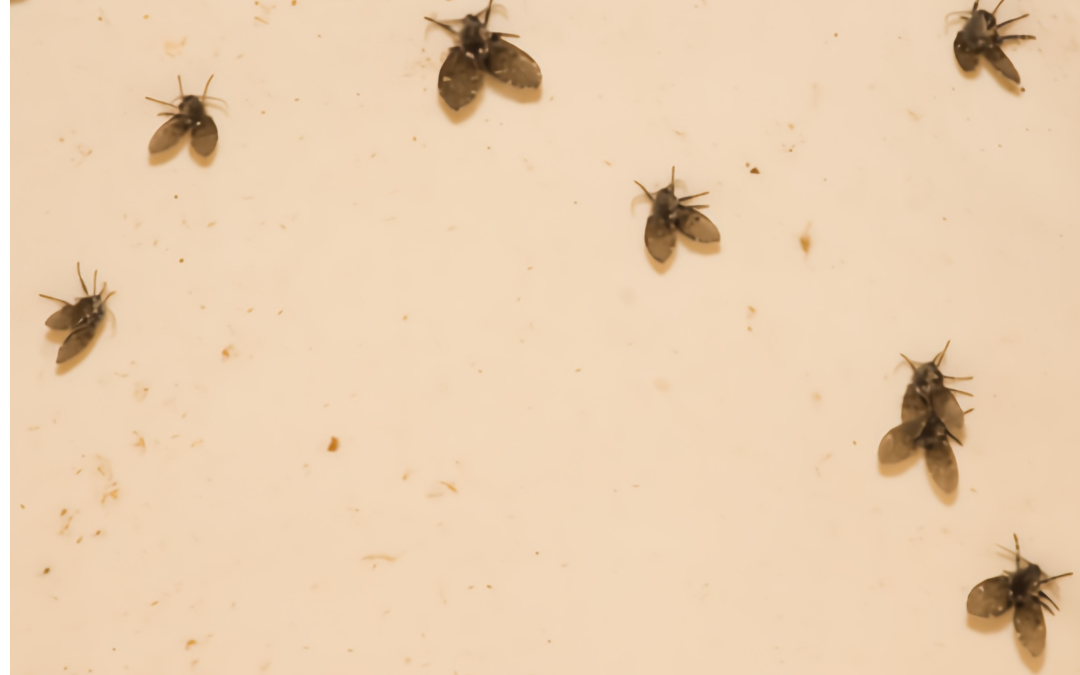 The best way to prevent sewer flies in your bathroom sink is to properly maintain your sewer system. This includes regularly cleaning and unclogging drains and pipes, as well as addressing any issues with your sewer line.
Regularly using a drain cleaner
and
hiring a professional plumber
to inspect and maintain your sewer system can help prevent the buildup of organic matter and keep sewer flies at bay.
The best way to prevent sewer flies in your bathroom sink is to properly maintain your sewer system. This includes regularly cleaning and unclogging drains and pipes, as well as addressing any issues with your sewer line.
Regularly using a drain cleaner
and
hiring a professional plumber
to inspect and maintain your sewer system can help prevent the buildup of organic matter and keep sewer flies at bay.
Other tips for a fly-free bathroom
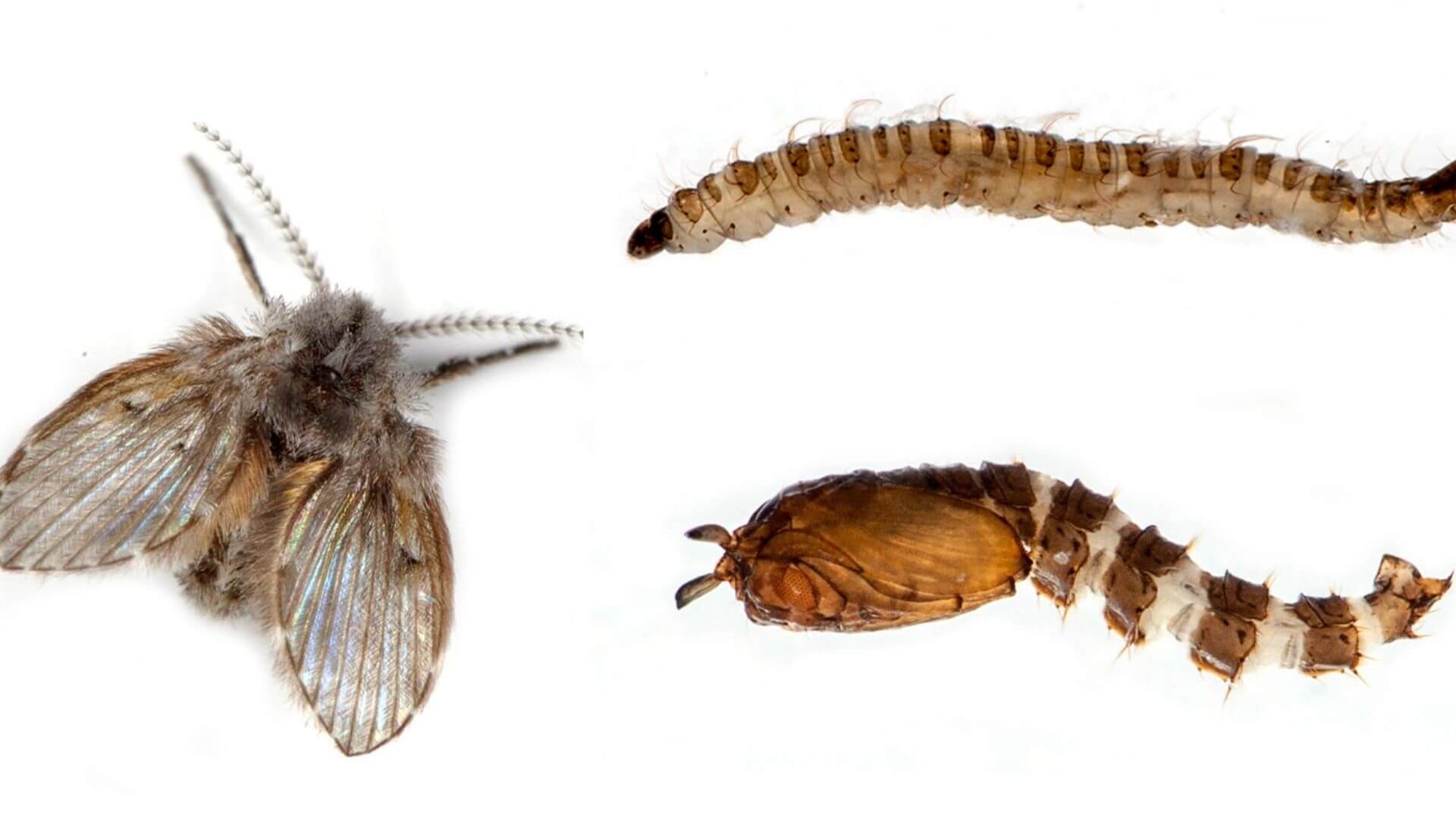 In addition to proper sewer maintenance, there are other steps you can take to keep your bathroom free of sewer flies.
Keep your bathroom clean and free of clutter
, as this can also attract flies.
Seal any cracks or crevices
around pipes and drains to prevent flies from entering your home.
Regularly empty and clean your trash cans
, as flies are also attracted to decaying food and waste.
In addition to proper sewer maintenance, there are other steps you can take to keep your bathroom free of sewer flies.
Keep your bathroom clean and free of clutter
, as this can also attract flies.
Seal any cracks or crevices
around pipes and drains to prevent flies from entering your home.
Regularly empty and clean your trash cans
, as flies are also attracted to decaying food and waste.
In conclusion
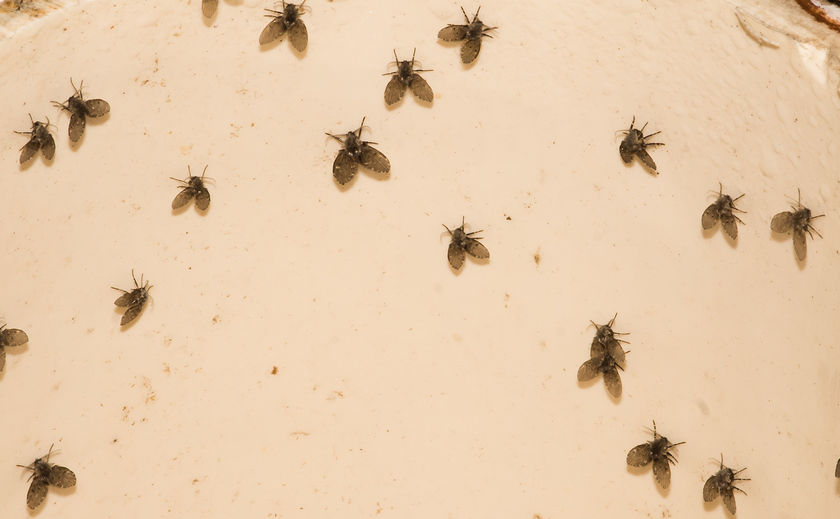 While sewer flies may seem like a minor annoyance, they can actually be a sign of a bigger problem with your sewer system. By properly maintaining your drains and pipes, you can prevent the buildup of organic matter and keep these pesky insects at bay.
Remember to regularly clean your bathroom and address any issues with your sewer line for a fly-free and healthy home.
While sewer flies may seem like a minor annoyance, they can actually be a sign of a bigger problem with your sewer system. By properly maintaining your drains and pipes, you can prevent the buildup of organic matter and keep these pesky insects at bay.
Remember to regularly clean your bathroom and address any issues with your sewer line for a fly-free and healthy home.



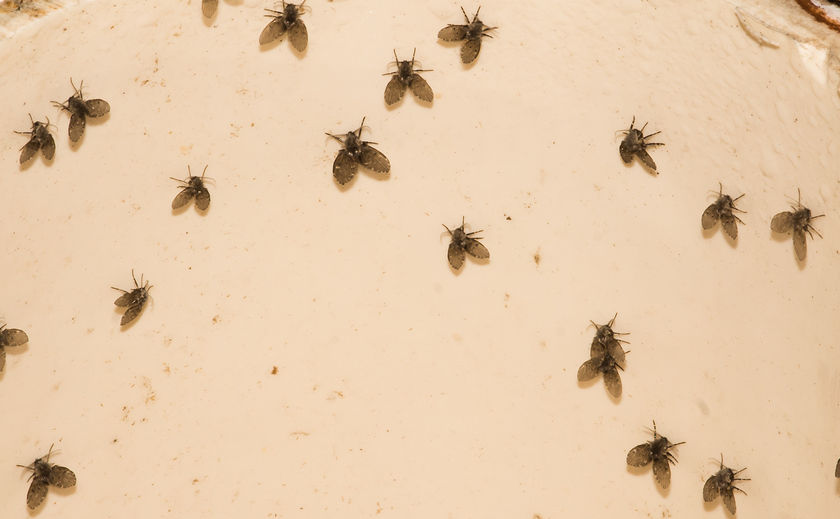
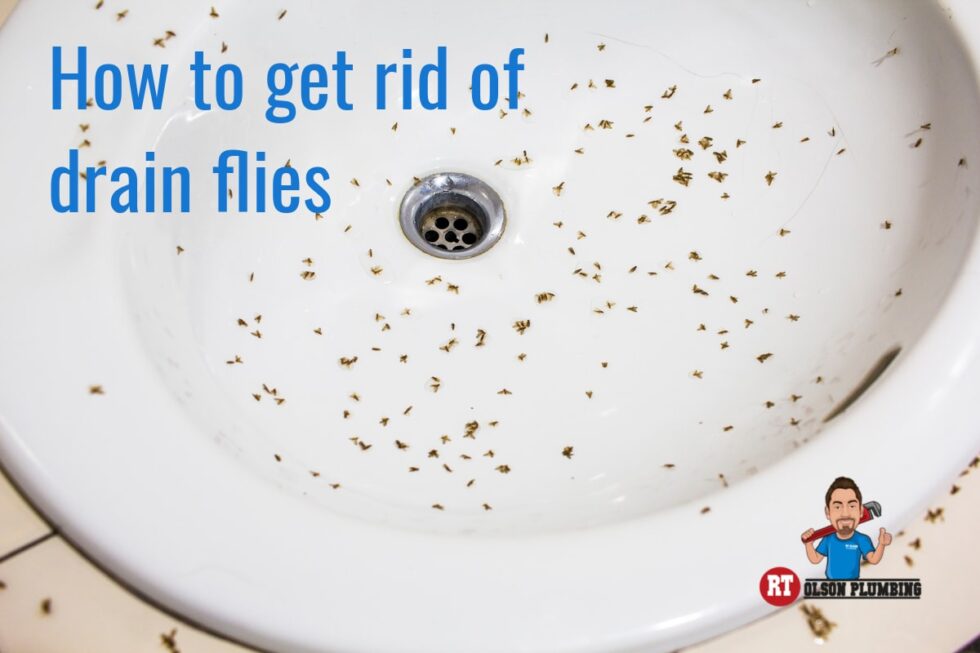
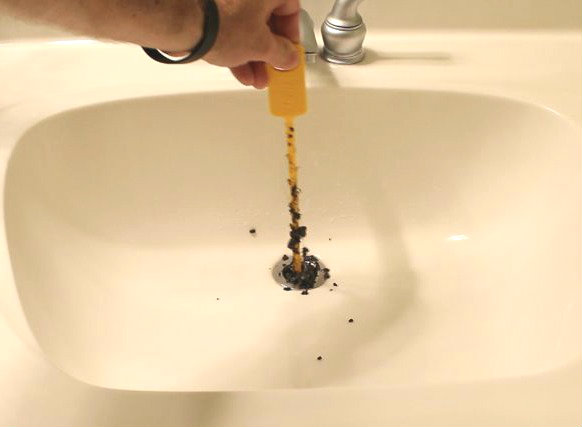

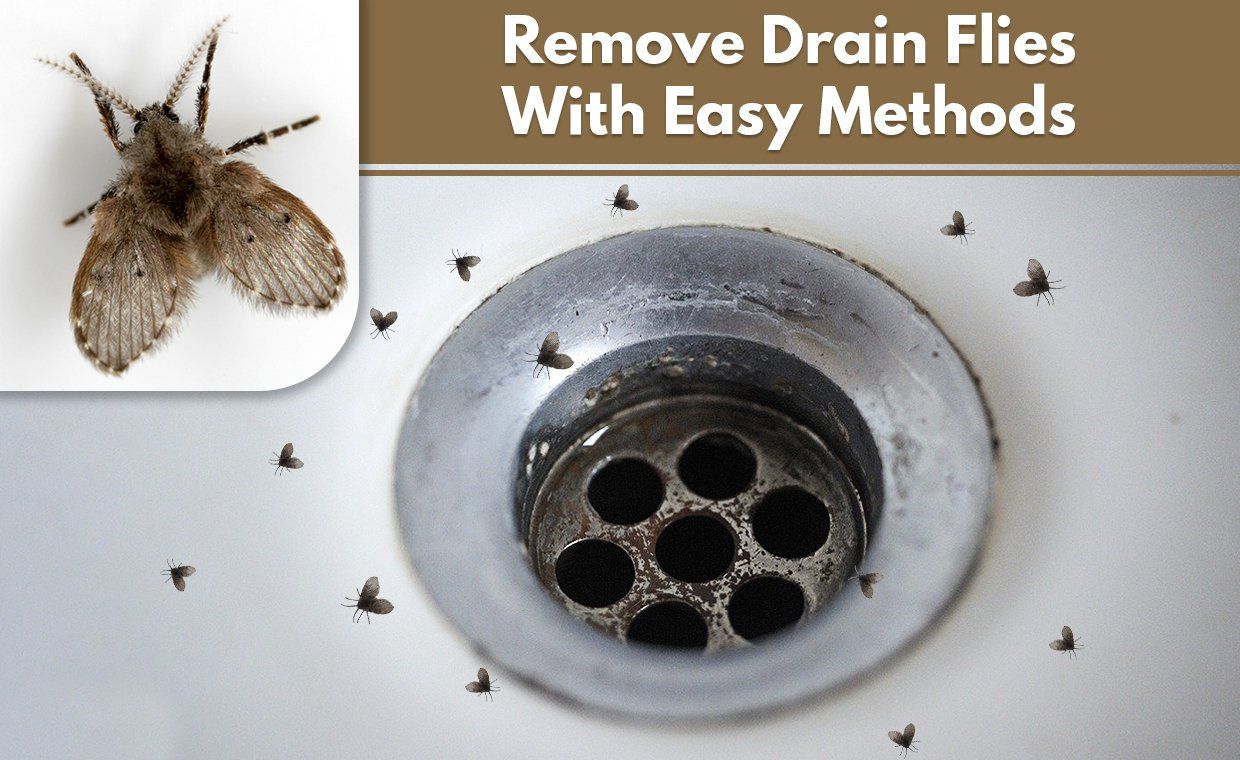






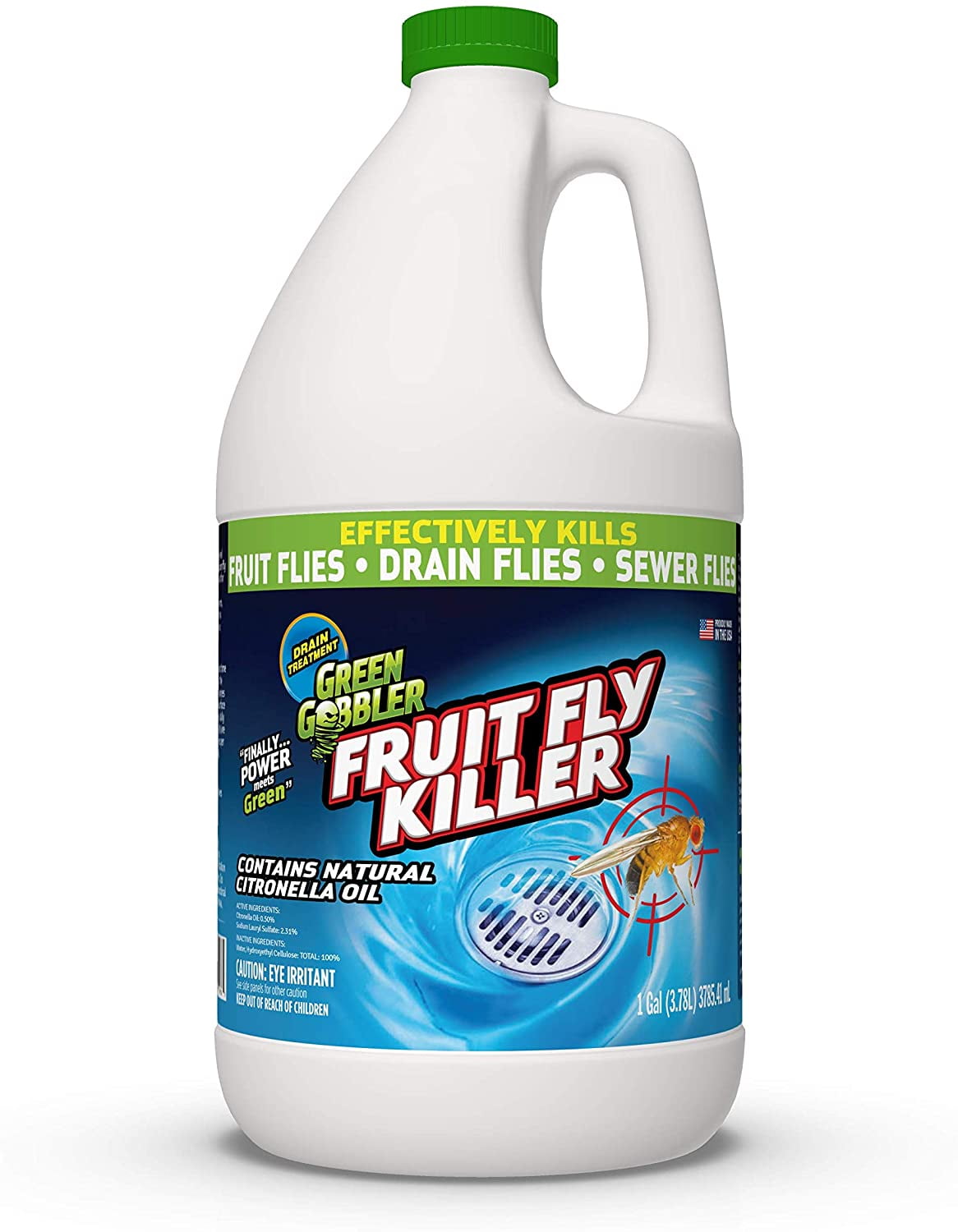

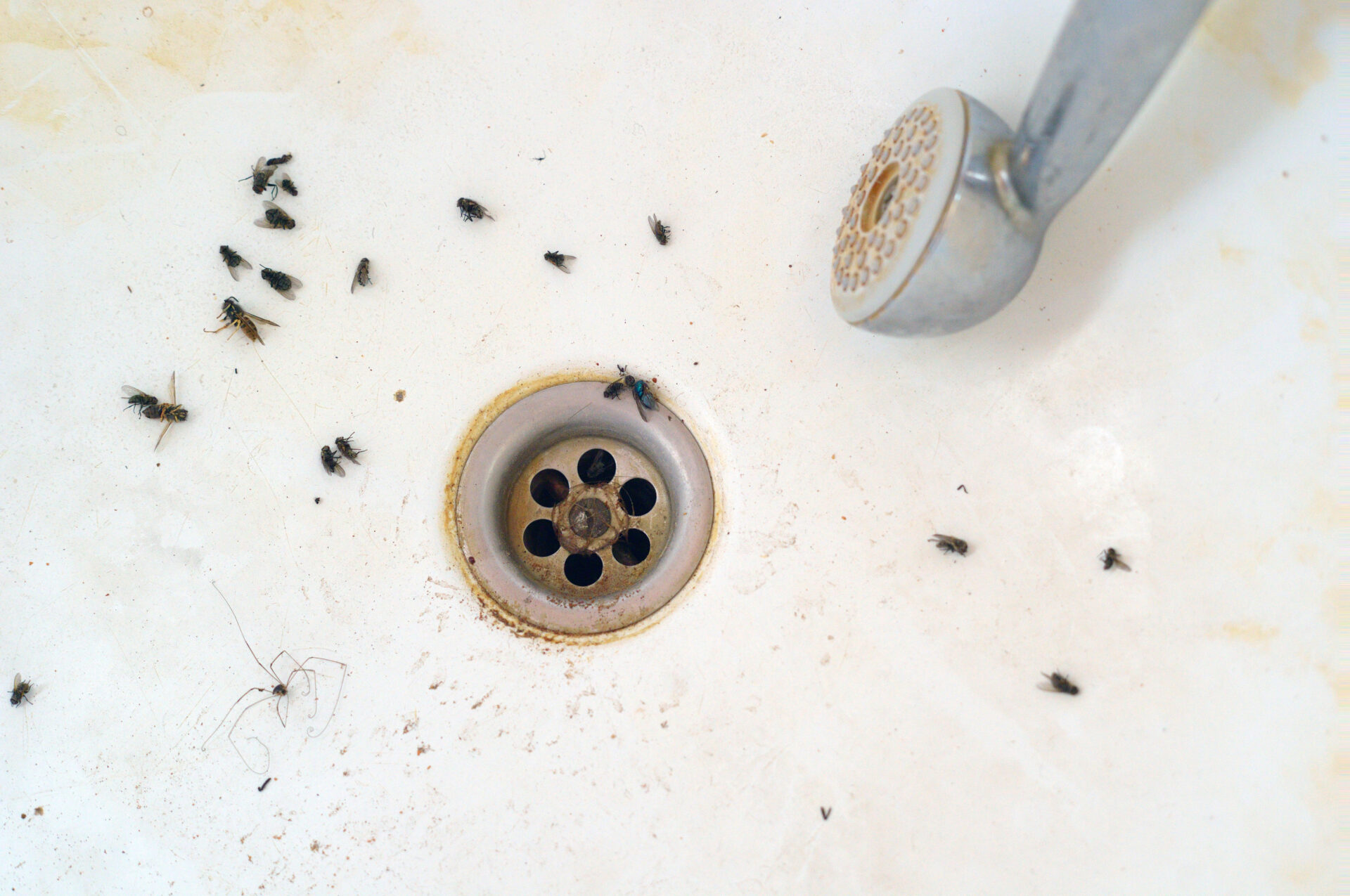









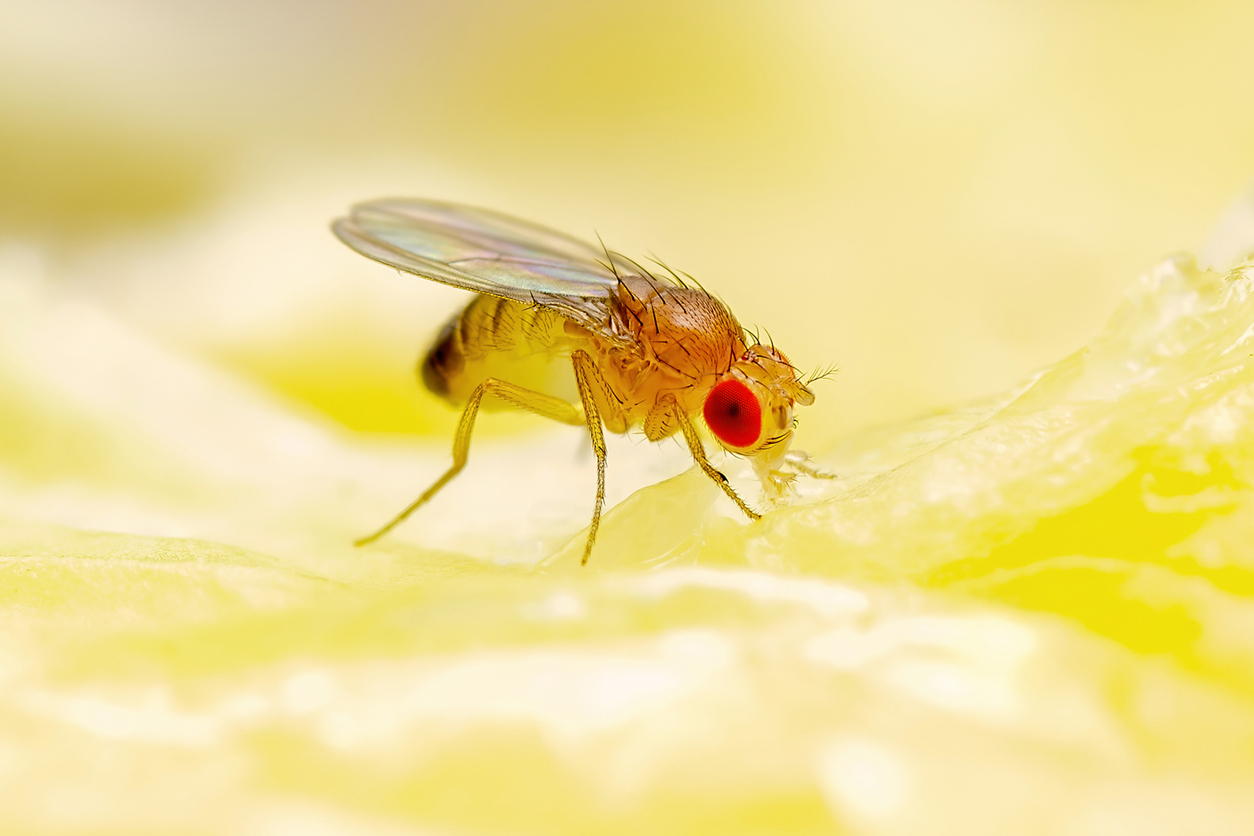

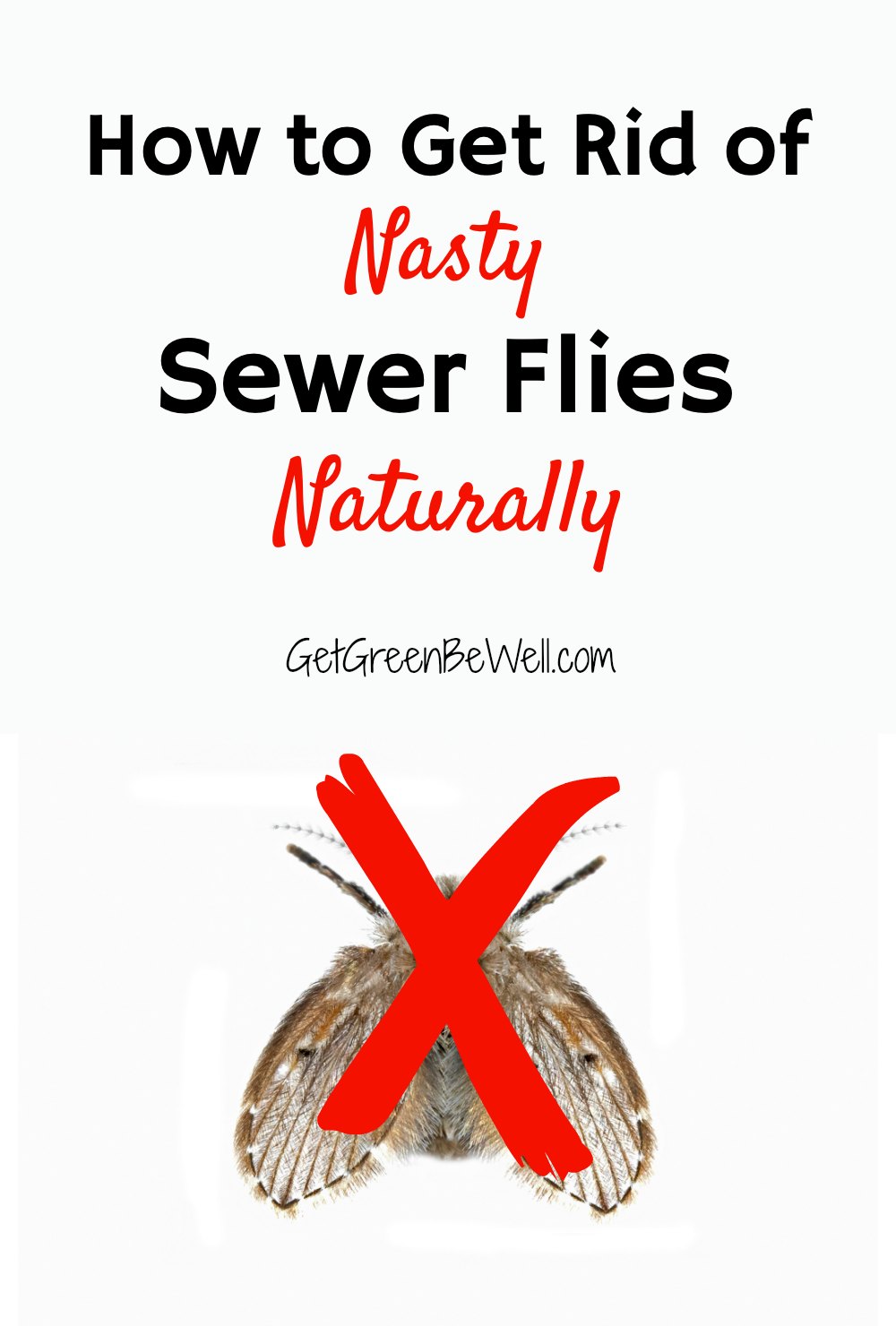

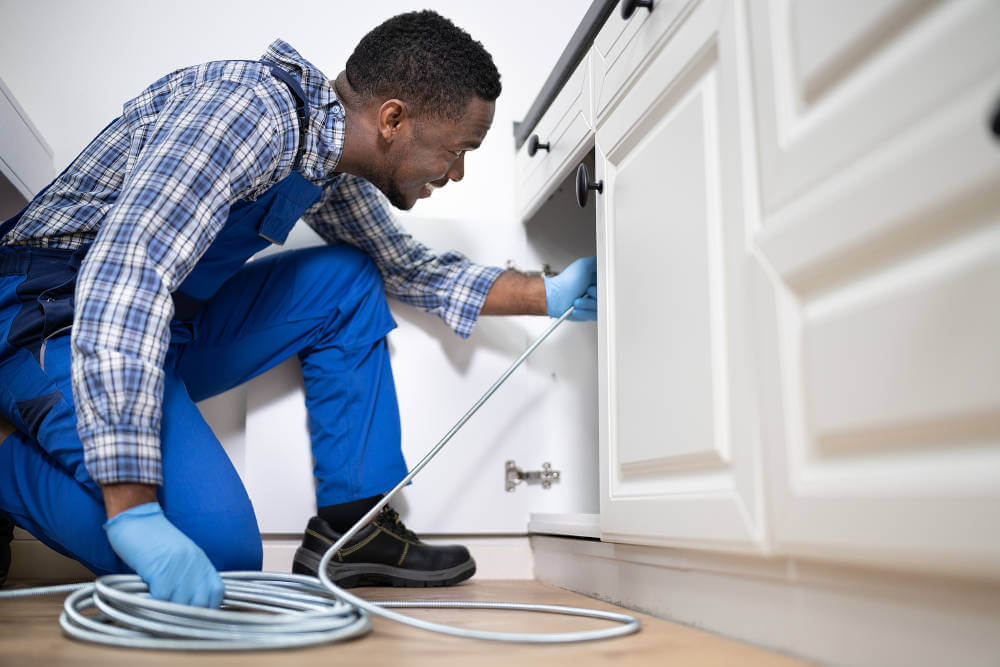







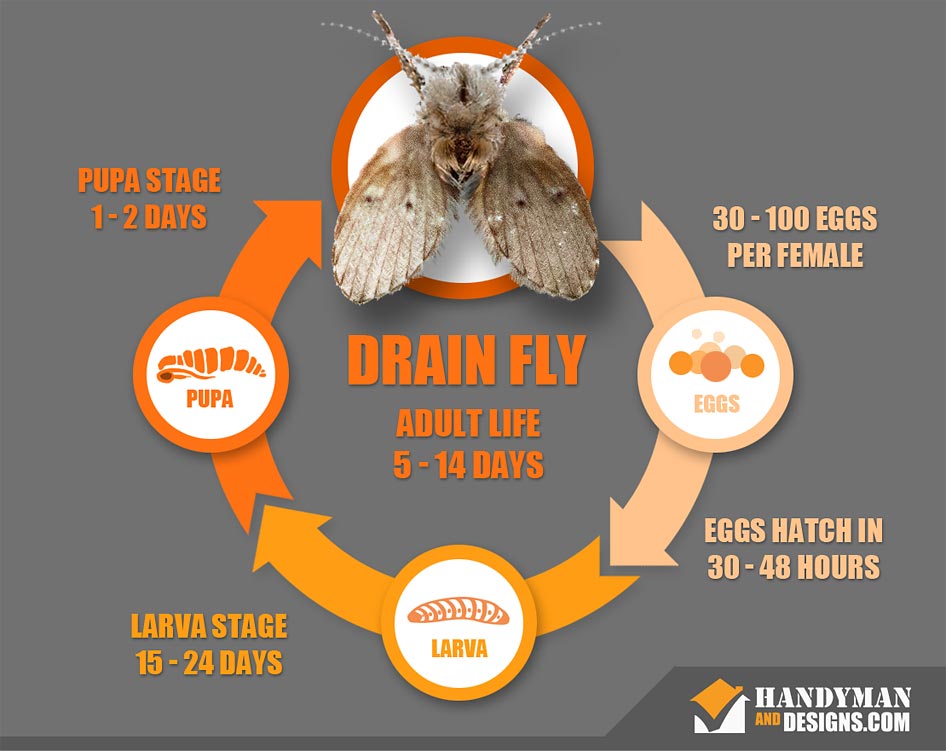

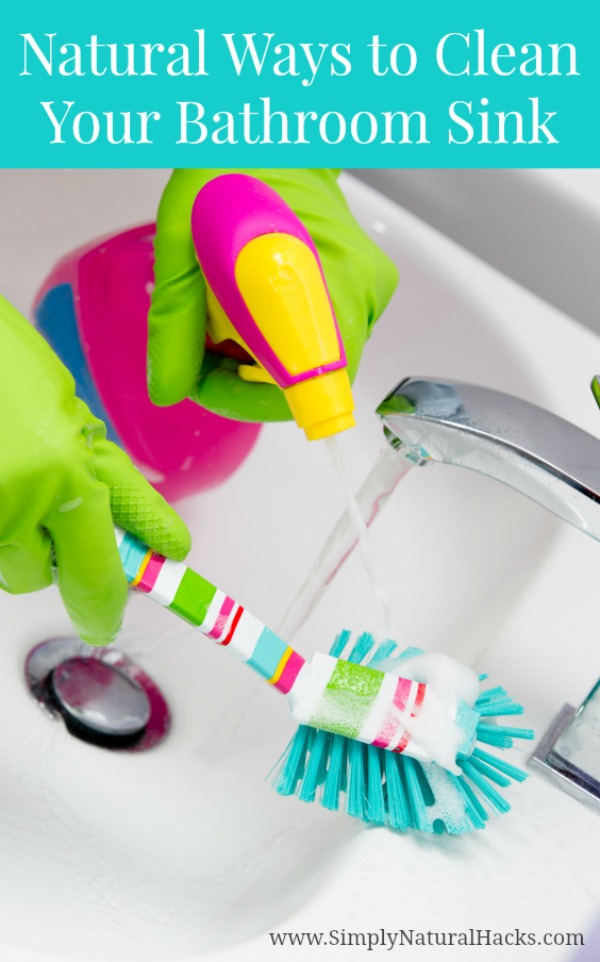

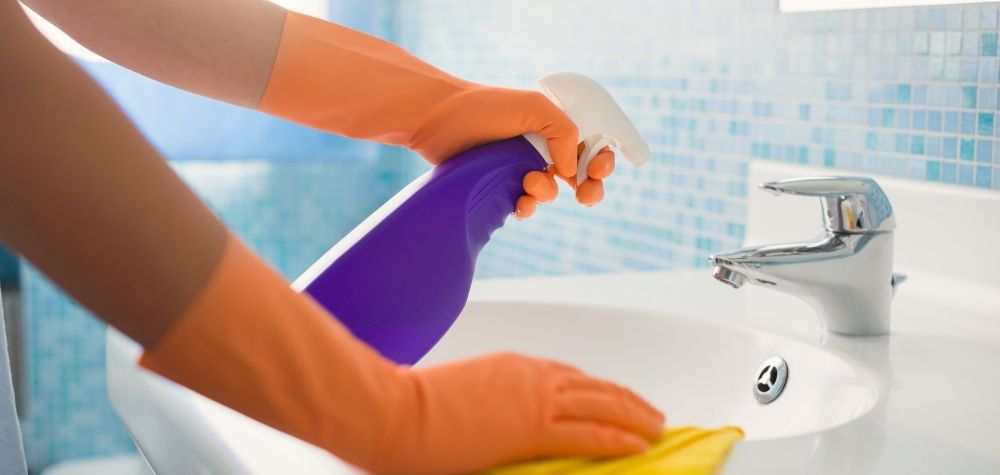

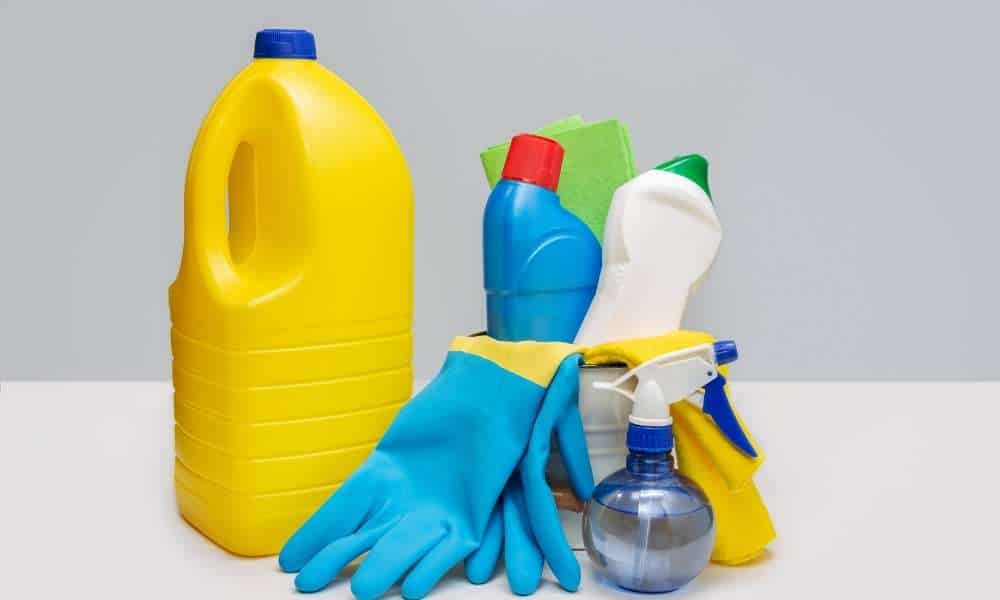
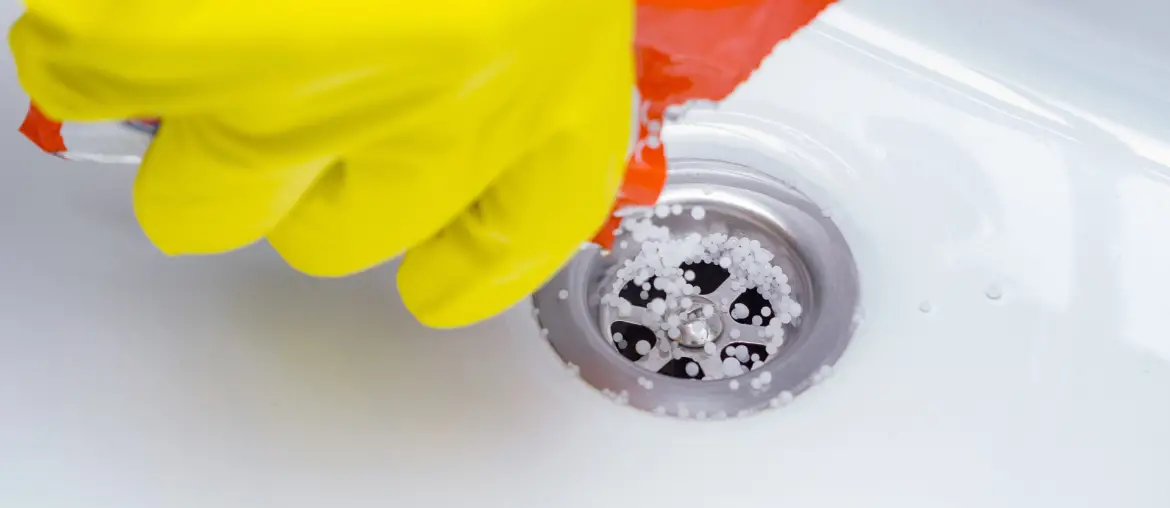


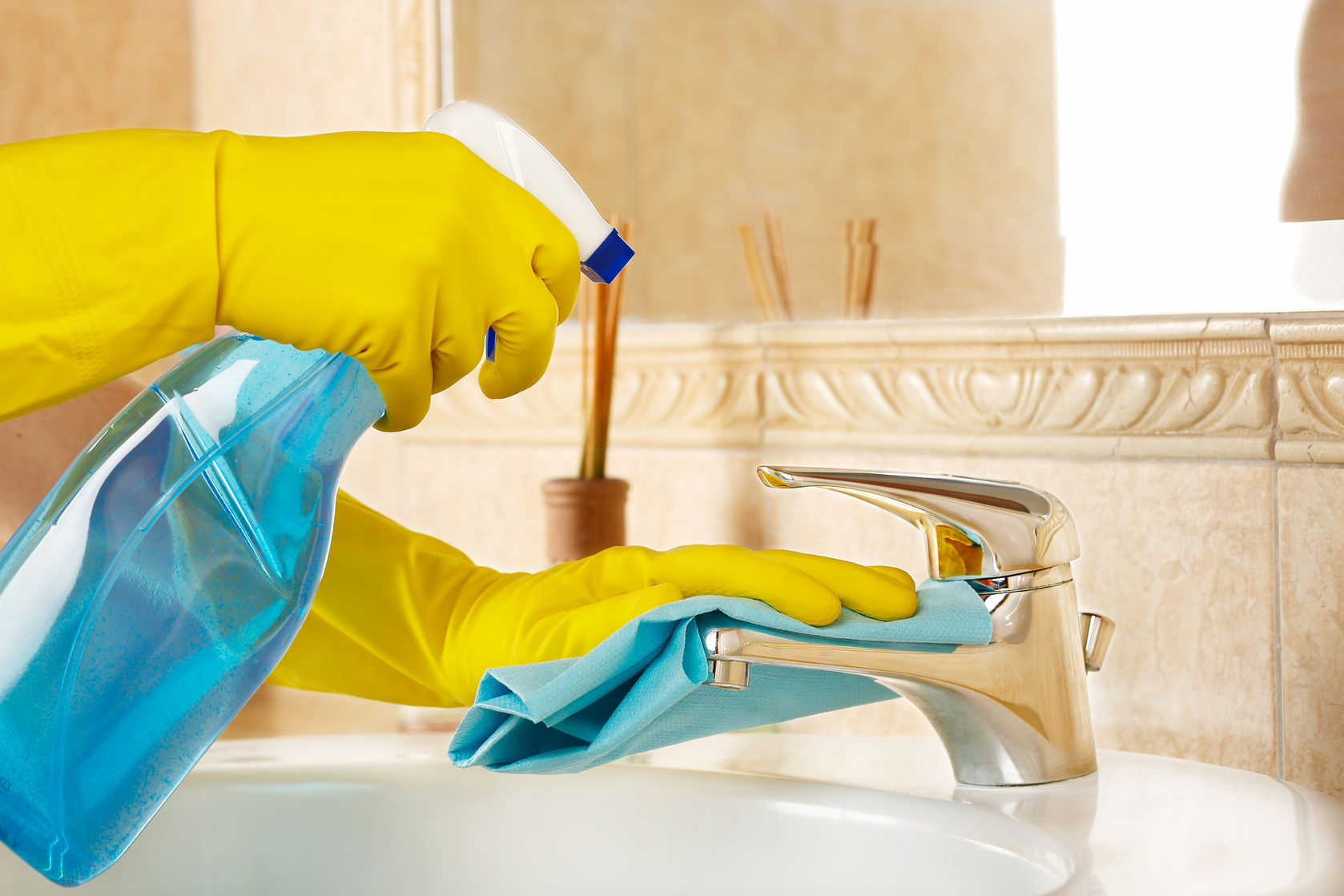
_01_060721.png)


